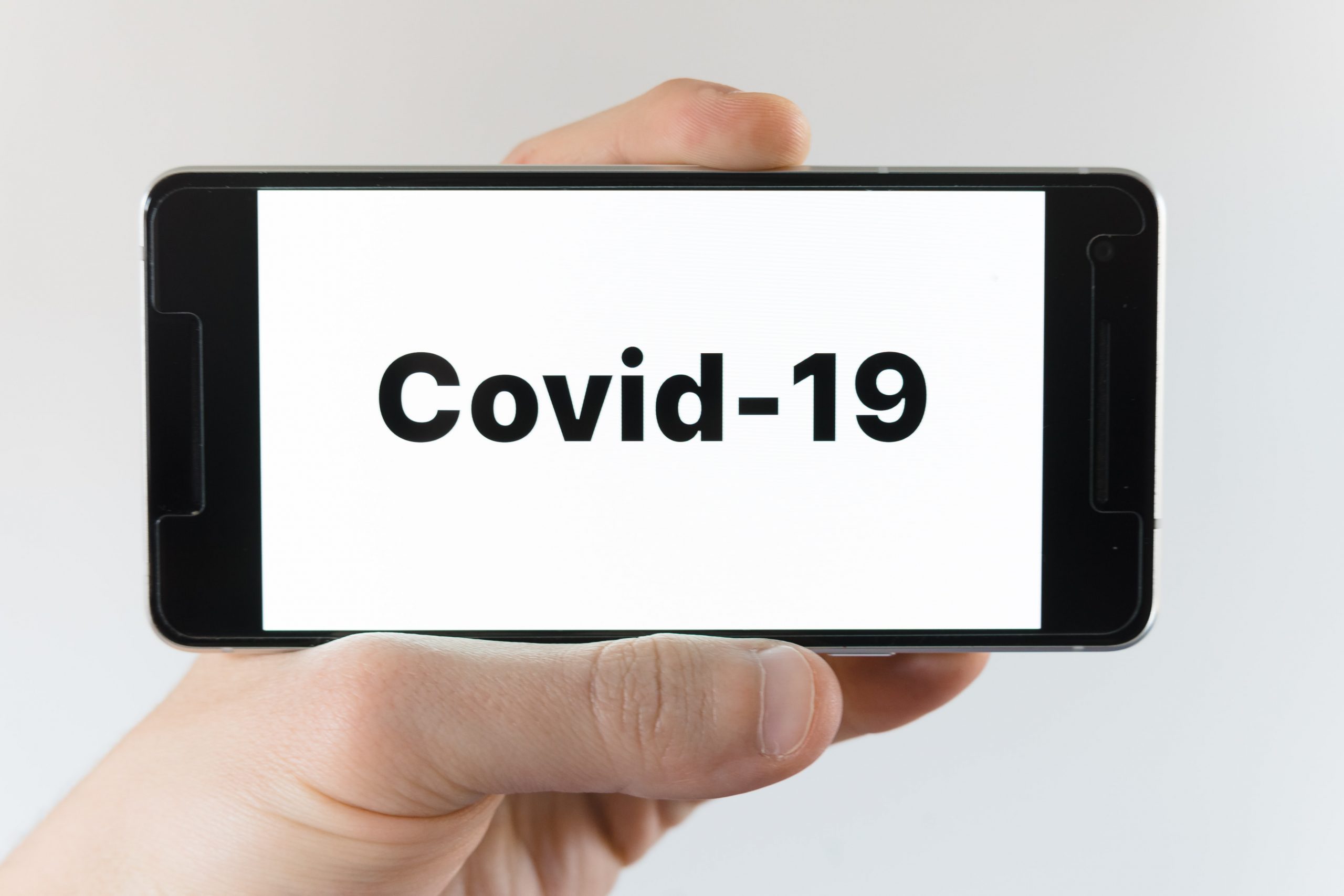When will this pandemic end? Simple: when we turn off our screens
An interesting article published few days ago by the British Medical Journal perfectly defines the moment when we will know this pandemic is finally over
“As an extraordinary period in which social life was upturned, the covid-19 pandemic will be over when we turn off our screens and decide that other issues are once again worthy of our attention. Unlike its beginning, the end of the pandemic will not be televised”.
There is no doubt, this pandemic has been highly televised.
“Unlike any previous pandemic, covid-19 has been closely tracked through dashboards that aim to show the real time movement and effect of coronavirus”, write the authors.
“They track laboratory testing metrics, hospital and intensive care admissions, transmission rates, and, most recently, vaccine doses delivered. These dashboards—with their panels of numbers, statistics, epidemic curves, and heat maps—have dominated our televisions, computers, and smartphones. At their core is the allure of objectivity and data to grasp onto in the midst of uncertainty and fear. They have helped populations conceptualise a need for rapid containment and control, directing public sentiment, fuelling pressure for countermeasures, and maintaining an aura of emergency”.
If we have a look at history, we can see that previous pandemics show that endings are not clear cut, and that “closure is better understood as occurring with the resumption of social life, not the achievement of specific epidemiological targets”.
“Even for the catastrophic Spanish flu—which killed three times more people per population in the US than covid-19, with an average age of death of 28 years—lives returned to normal in a short time, perhaps only because there was no other option. In an era before the internet, food delivery apps, and video meetings, widespread and prolonged social distancing was simply not possible, a situation that remains the case today for many workers deemed ‘essential’.”
Comparing it with previous pandemics, the covid-19 pandemic has produced unprecedented disruption to social life, and it is “historically unique in the extent to which the interruption and resumption of social life has been so closely tied to epidemiological metrics”
Dashboards—fighting or fuelling the pandemic?
Covid-19 is the first pandemic in which “real time dashboards have saturated and structured the public’s experience”, the authors continue.
“Some historians have observed that pandemics do not conclude when disease transmission ends but rather when, in the attention of the general public and in the judgment of certain media and political elites who shape that attention, the disease ceases to be newsworthy.”
“Pandemic dashboards provide endless fuel, ensuring the constant newsworthiness of the covid-19 pandemic, even when the threat is low. In doing so, they might prolong the pandemic by curtailing a sense of closure or a return to pre-pandemic life.”
“Deactivating or disconnecting ourselves from the dashboards may be the single most powerful action towards ending the pandemic”, conclude the authors. “This is not burying one’s head in the sand. Rather, it is recognising that no single or joint set of dashboard metrics can tell us when the pandemic is over”.
You can read the full article here
Food for thought!
